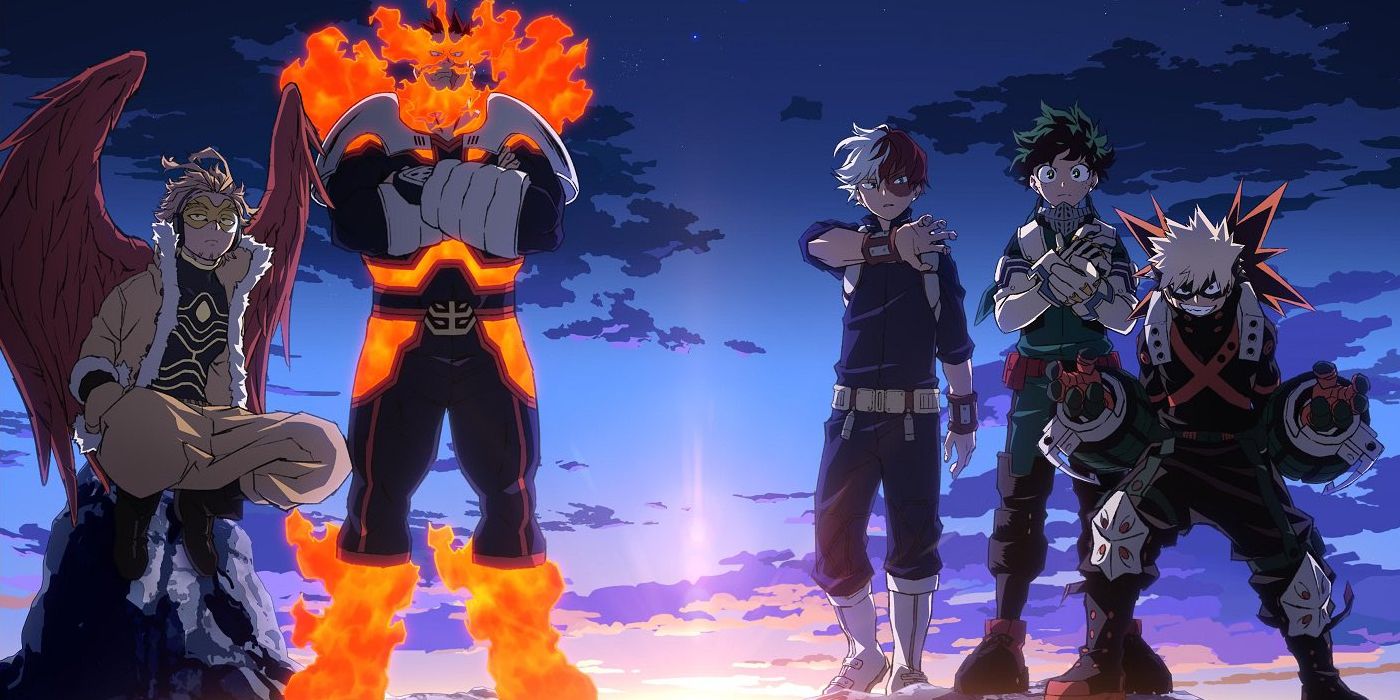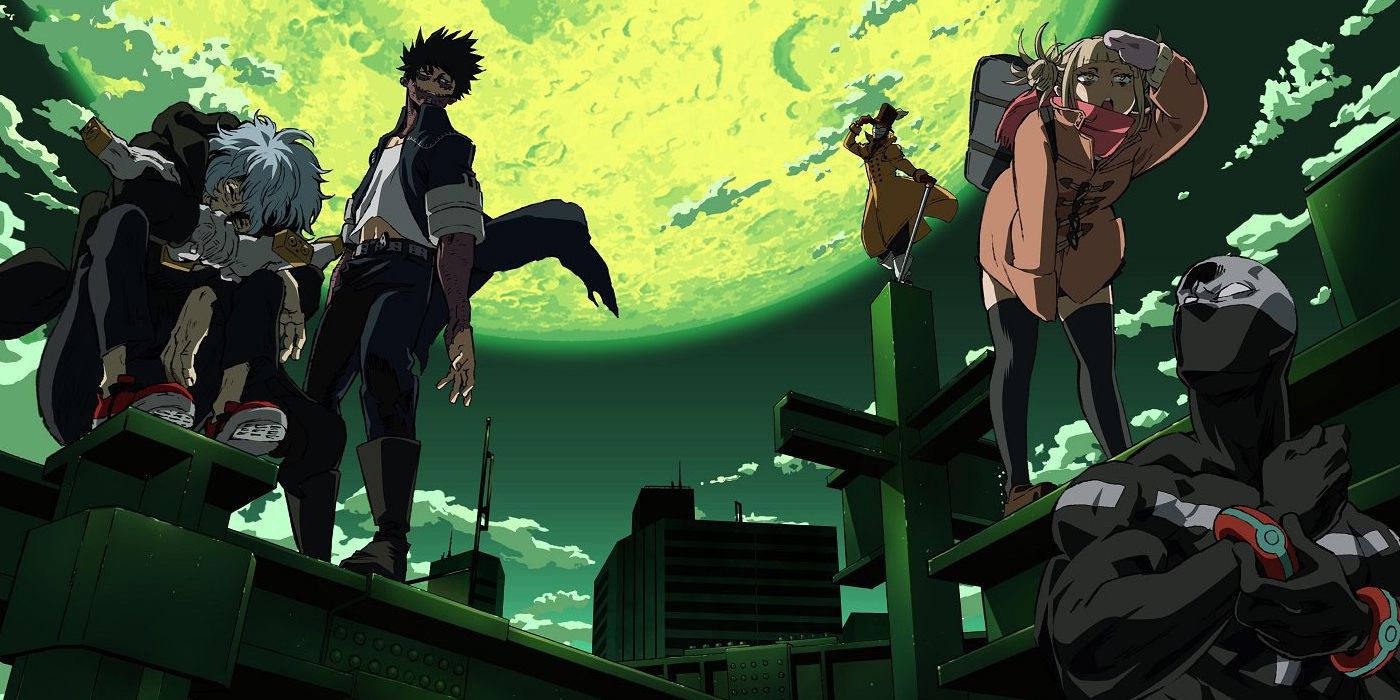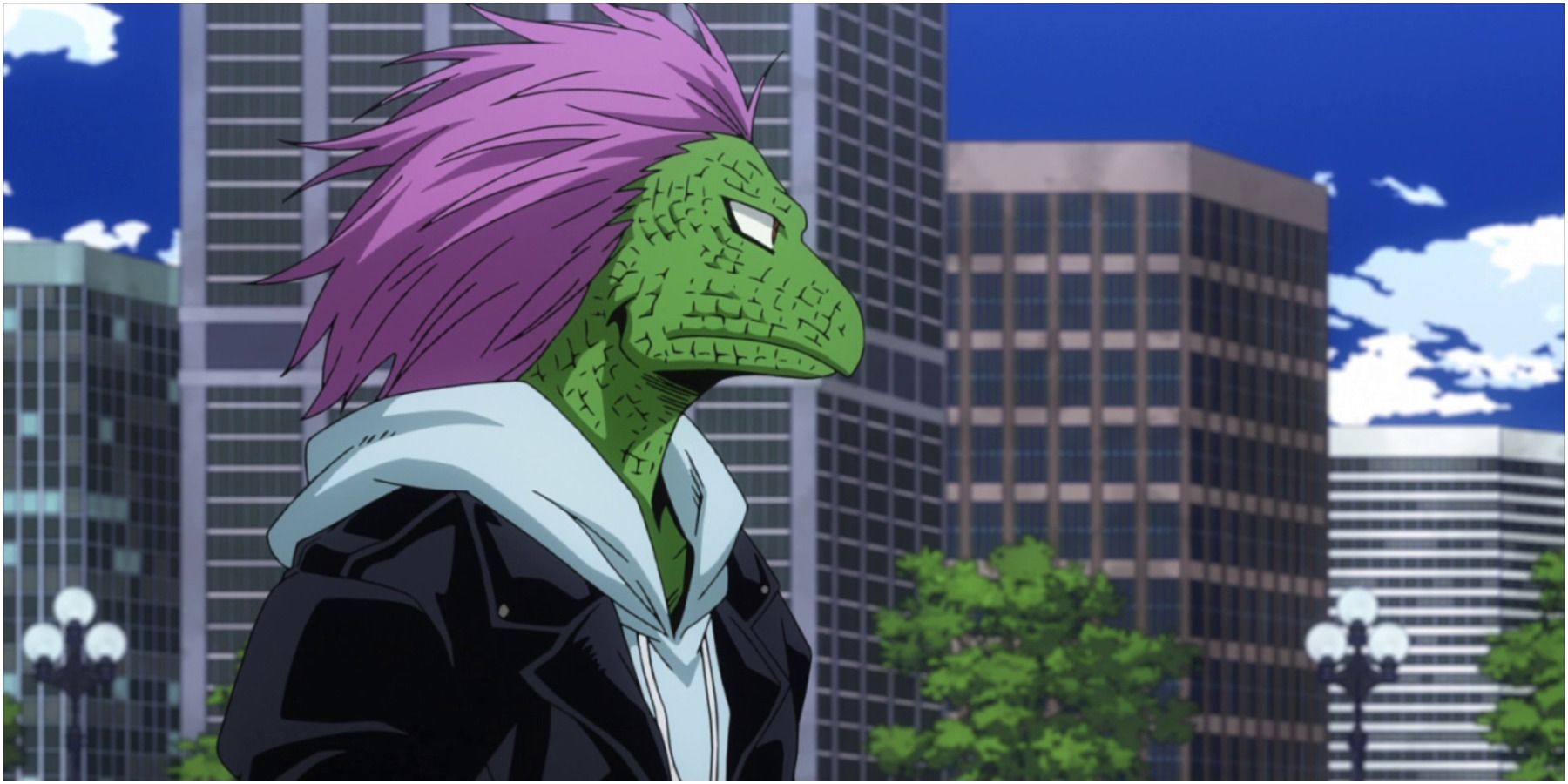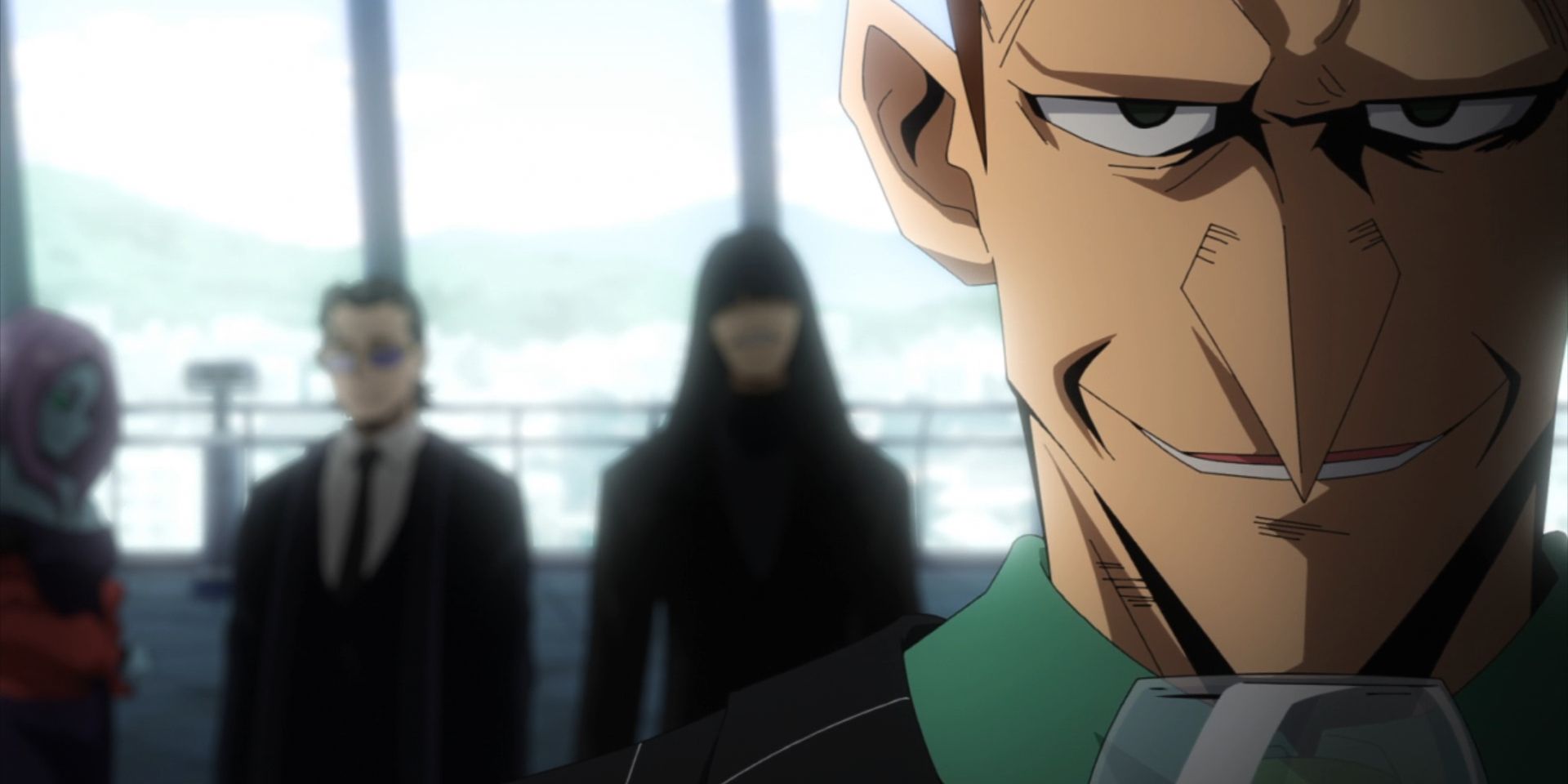The 5th season of My Hero Academia’s anime adaptation aired in 2021, introducing anime watchers to some of the most exciting moments from the manga’s ongoing story. All adaptations must make changes though, so were there any story beats that anime-only watchers end up missing out on?
After the first season of the anime made a big splash in 2016, My Hero Academia has become a juggernaut in the anime community. The anime and manga have both drawn much attention, with the former approaching its 6th season, and the latter entering its final arc. But despite being the same story, the nature of adaptation means that a lot of changes have to be made in the transition from the page to the screen. So before season 6 airs later this year, what big changes were made in season 5?
The Order of the Arcs
After wrapping up Endeavor and Hawk’s jaw dropping fight against the High End at the end of season 4, Season 5 of MHA began with a round of combat matches between Class A and their eternal understudies in Class B. Small changes were made here of course, but the “Joint Training” was the most manga accurate part of this season. The real big changes began when it ended.
In the original manga, the “Joint Training” arc was followed by the “My Villain Academia” arc that saw the story change perspective and focus on the League of Villains in a rare case of a villain training arc of sorts. Afterwards, the story returned to its usual heroic protagonists for the “Endeavour Agency” arc, which saw Deku, Bakugo and Todoroki growing their hero skills under the guidance of the new #1 hero, Endeavor. The plot then led into the story beats with Eraser Head and Present Mic that were shown at the end of the season, which serve as the beginning to the next big arc.
Anime watchers might notice though, that they were shown these arcs in a different order. For the anime, “Endeavor Agency” and “My Villain Academia” were swapped, leaving all the villainous content for the tail end of the season. While we have yet to get official word on why the swap was made, some speculate it was to tie in better with the release of My Hero Academia: World Heroes Mission, which takes place during and was released alongside the “Endeavor Agency” arc. It might also have been to make the end of the season more tense, ending off with the foreboding villainous content, leading up to the tease for season 6.
Spinner's Role in the Story
Speaking of “My Villain Academia”, this arc saw by far the most changes of any arc in MHA history, which disappointed many manga readers. One of the biggest things that were removed for the anime, was the larger role of Spinner in the story. While the anime gave Spinner occasional focus and screen time, the manga version of this arc was almost entirely narrated by him.
Particularly, the manga featured a scene before the League of Villains encounters Gigantomachia, which enhances Spinner’s importance in the plot. The scene involved the League stumbling upon a meeting of the “Creature Rejection Clan”, a group of religious zealots who are completely absent from the anime. They preach hatred against people with mutant-type quirks, leading them to call out Spinner as a mutant, and eventually attack and are massacred by the League. This scene helped set up Spinner’s greater role as a representative for mutant-type quirks in the newly established Paranormal Liberation Front, but its omission from the anime leaves Spinner’s character slightly less developed.
The Meta Liberation Army
Spinner wasn’t the only character to see his role diminished. “My Villain Academia” finds new antagonists in the Meta Liberation Army, an influential group who seek to change society so that quirks can be used freely, and view the League as an obstacle to their goals. While the anime did show the battle between both villainous organizations, several pieces of context were left out from the Liberation Army’s introduction.
For one, ReDestro’s role as the CEO of Detnerat(a support item development company) was more emphasized in the manga. The arc itself really began with the heroes viewing one of Detnerat’s commercials, leading to a scene where ReDestro attempts to introduce one of his employees to Destro’s ideology. When the employee dismisses Destro as an unjustified and pretentious terrorist though, ReDestro solemnly kills him, verbally wishing he had been a believer. This scene was a much more striking introduction to ReDestro as a villain, showing not only his fierce zealotry, but also his compassion for his subordinates. While he still makes a threatening foil for Shigaraki in the anime, many fans believe he didn’t end up leaving as strong an impression as he did in the manga.
Other small bits were left out of the Liberation Army’s appearance as well. With the villain Curious for example, her original fight against Himiko Toga saw her commenting on Toga’s lack of “quirk counseling”, which was said to be support offered by schools to students with trouble adapting to their new quirks. This bit of world building is not present in the anime. Scenes of the other Liberation Army members lamenting Curious’ death are also omitted, making the organization’s members seem less closely knit than they were portrayed in the manga.
Season 6 of My Hero Academia has the difficult task of adapting the biggest arc in the series yet, and communicating it’s many twists and turns to the anime audience. Whether it will suffer similarly detrimental cuts as Season 5 did remains to be seen.




